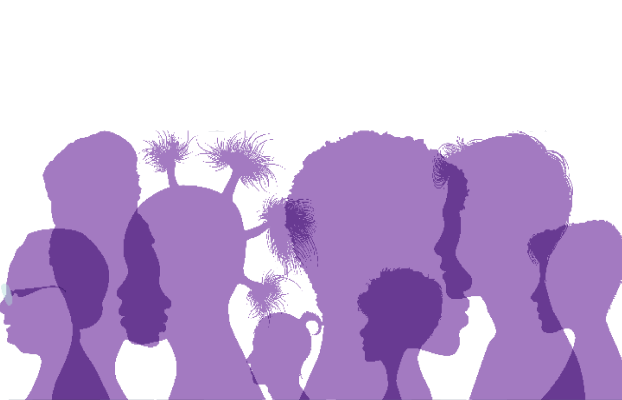An inclusive institution will have processes and structures that actively consider equality and diversity, so that inclusive practice becomes consistent and routine. A systematic approach ensures that inclusivity becomes part of the culture of the institution, and that students and staff are not receiving ‘mixed messages’ which may undermine genuine inclusion. Senior leaders have key roles in driving inclusive cultures and processes at all levels of the institution (UUK and NUS, 2019). Academic and professional services staff are essential for the implementation of inclusive practice on the ground. In an inclusive institution, everyone will be aware of and engage with relevant policies and apply them to their local contexts. Inclusive policies and documentation are written in clear transparent language, and processes are straightforward for staff and students to engage with.
Examples of structures and processes that underpin inclusivity may include:


